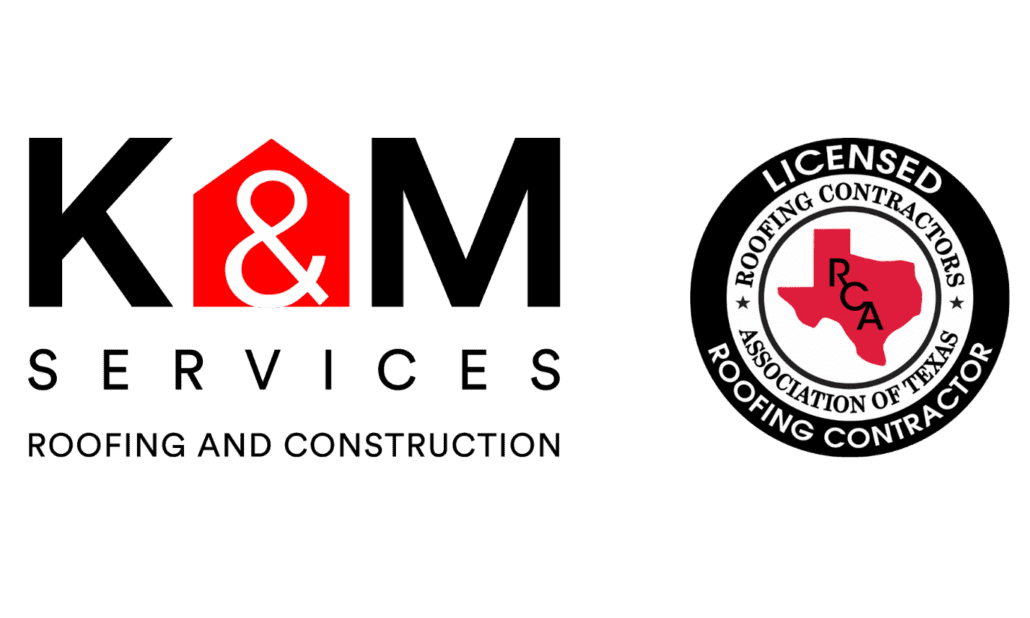Advantages Of Using UL2218 Class 4 Shingles in Roofing?
It’s always wise to walk the extra mile when it comes to your home and more so if it concerns the roof.
You’d be remiss not to consider the inconveniences that arise with a damaged roof, let alone the maintenance and repair costs.
Paint peeling off the wall or light eroding can still work, but it’s hard to think of a situation where a leaking roof would be fine.
That’s why it’s of the utmost importance to invest in durable shingles, which are the roof’s first line of defense against any external impacts, like hails and airborne debris.
And, there’s hardly any respite from hailstorms and high winds in Texas that clocked 872 hail events in 2019 alone, making it the top state in the US in that regard.
So, what do you do?
Engineers recommend installing UL2218 Class 4 shingles that are proven to prolong the longevity of your home’s roof.
These are also known as impact-resistant shingles, which are specifically engineered to withstand high-collision damages from airborne debris and hails.
Generally, one of the two materials are applied to construct impact-resistant shingles –
- Rubber-like polymers – Materials like styrene-butadiene-styrene are integrated with the asphalt during the construction of these shingles. The rubber-like polymer helps the shingles hold together better due to a rubberizing effect.
- Polymer-mesh – Manufacturers embed a polymer-based mesh at the back of asphalt shingles, ensuring improved sustenance against impacts from hails and other objects.
Still in doubt about the efficacy of Class 4 shingles? Take a look at how these are tested to gain a better perspective.
Drop the ball!
The UL2218 is a method of testing shingles’ resistance capacity and is also referred to as the steel ball test.
The test is simple – a steel ball is dropped from a specific height onto an installed shingle to test how well it withstands the impact.
For a shingle to qualify as Class 4, it must be able to sustain 2-inch steel balls dropping on it from a height of 20 feet!
That’s a hefty fall, and any shingle of a lower rating would definitely crack or break entirely under the force. If a paver were to be on the receiving end of an impact of that sort, it’d split into two!
But, are Class 4 shingles worth the investment?
You might think – there are no steel balls flying around here in Texas. Why would I need UL2218 Class 4 shingles on my roof?
True, but it’s the impact that counts here.
Texas witnesses the most number of hailstorms in the US. As per the National Insurance Crime Bureau, the state registered the most number of claims against hailstorm-related loss in 2017 and 2019 at 637,977, which is almost 3 million more than what Colorado clocked.
Although they will cost less upfront, shingles of lower quality can potentially open you up to sizable costs later on in the form of maintenance and repairs.
Besides the cost, there’s the inconvenience that you must take into account as well. A Class 2 or Class 3 shingle will crack or break under impacts of hails and debris during storms, causing leaks.
Impact-resistant shingles fare notably well when you consider these factors. These cost around 10% – 20% higher than regular shingles but pay for themselves in the long run in more ways than one.
The many benefits of Class 4 shingles –
In case you are still in doubt, take a look at the benefits you can enjoy with Class 4 shingles –
- Extends the lifespan of a roof –
Structural damages to the roof are never a welcome instance. To ensure that the structural integrity of your home’s roof stays intact for the longest time, impact-resistant shingles are your best bet.
- Saves the trouble of sudden repairs –
If there’s one thing you can avoid, it’s shelling out a few bucks toward repairs every time a hailstorm or torrential downpour occurs. By installing Class 4 shingles, you can bring down the repairs’ frequency, saving yourself a few extra dollars in the process.
- Reduces insurance premiums –
It’s no news that insurance providers charge higher premiums in hail-prone regions like McKinney and Dallas. And the premiums only move north upon renewal.
Remedy? Class 4 shingles!
Insurance providers generally look favorably upon policyholders who have installed IR shingles on their roofs. It gives them an opportunity to bring down the premiums or prevent rate hikes upon renewal.
Get in touch with your insurer and see if Class 4 shingles help your cause.
But, ensure to hire professional services when considering installing new shingles. You wouldn’t want shoddy craftsmanship to come in the way of your savings when you have decided to spend a few extra bucks for UL2218 Class 4 shingles!


